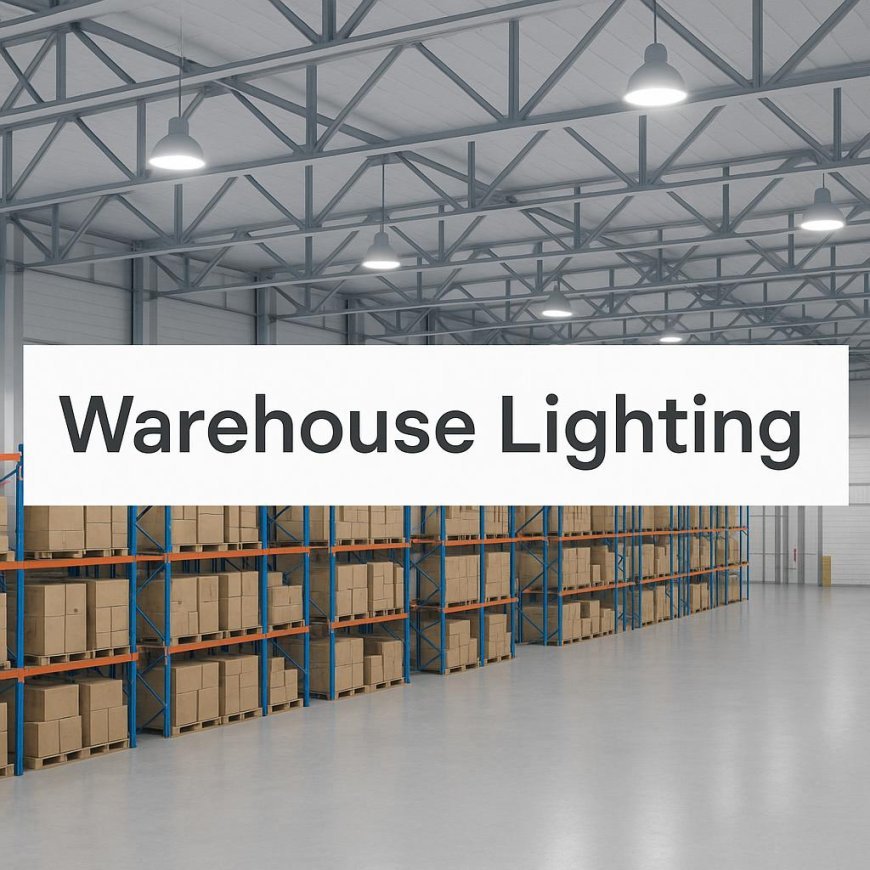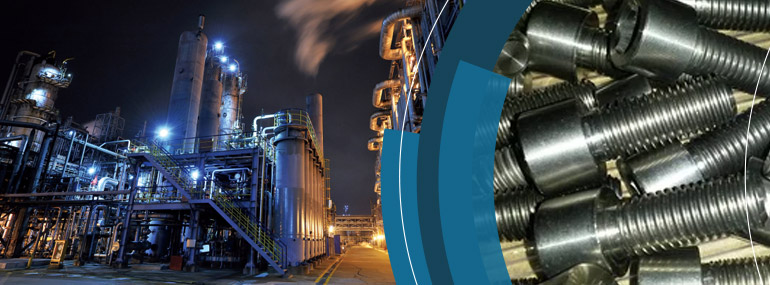Warehouse Lighting: A Guide to Efficiency, Safety, and Performance

Warehouse lighting plays an integral role in industrial operations. Proper illumination ensures visibility and accuracy during daily activities as well as employee wellbeing and energy consumption - it all impacts your bottom line! Whether designing a new warehouse facility from scratch or upgrading an existing facility, understanding its essentials can have significant positive outcomes on productivity, safety and cost efficiency.
The Importance of Proper Warehouse Lighting
Warehouses can be vast, open spaces filled with shelving, machinery and high-traffic areas that need proper lighting in order to operate safely and effectively. Poor lighting in these environments may result in accidents as well as errors in inventory management as well as decreased employee efficiency; by comparison, proper illumination ensures:
- Enhance visibility: Workers can quickly locate inventory.
- Improve Safety: Well-lit areas decrease slips, trips and falls risks.
- Energy Efficiency: Modern lighting solutions lower energy usage while meeting OSHA and other safety regulations.
Types of Warehouse Lighting
There are several lighting technologies and fixtures suitable for warehouse environments. Choosing the right type depends on ceiling height, space configuration, task areas, and operational hours.
High Bay Lighting
Designed for ceilings 20 feet or higher, high bay lights deliver bright, uniform light across large areas. These fixtures are common in storage and logistics facilities and come in LED, fluorescent, or metal halide varieties.
- LED High Bay: Energy-efficient, low-maintenance, and long-lasting.
- Fluorescent High Bay: Lower initial cost, but shorter lifespan and higher energy use.
- Metal Halide: High-intensity but slow to warm up and energy-intensive.
Low Bay Lighting
For ceilings under 20 feet, low bay lights provide adequate illumination without excessive glare. These are ideal for packing areas, small storage rooms, or workshops within a warehouse.
Task Lighting
Task lighting is used in areas where precise work is performed, such as quality control stations, packing zones, or equipment maintenance areas. Adjustable and localized, task lights improve focus and reduce eye strain.
Motion-Activated and Sensor Lighting
Occupancy sensors and daylight harvesting systems are smart lighting solutions that optimize energy usage by automatically adjusting brightness based on presence or ambient light. These systems are especially effective in rarely used aisles or areas with natural light.
Key Considerations When Planning Warehouse Lighting
Selecting and planning Warehouse Lighting requires more than simply choosing fixtures; here are the key aspects to keep in mind when making this important decision:
1. Ceiling Height and Layout
Selecting and planning warehouse lighting requires more than selecting fixtures; here are key aspects you must keep in mind when making decisions:
2. Color Rendering Index (CRI)
CRI is a measure of light sources' accuracy at rendering color accurately; when working in warehouse environments where label identification or safety codes may require accurate illumination, a minimum CRI of 80 should be sought out.
3. Lumen Output
Lumen output determines how much light is emitted; warehouses typically need 10,000 to 40,000 lumens per fixture depending on ceiling height and space size. Be sure that your lighting plan adheres to recommended foot-candle levels in each area of your warehouse.
4. Energy Efficiency
LED fixtures have quickly become one of the go-to solutions due to their excellent efficiency, low heat emission and minimal maintenance requirements. Their energy usage is nearly 70% lower compared to traditional bulbs while many boast lifetimes that exceed 50K hours of usage.
5. Maintenance Requirements
Lighting that is difficult to reach or replace can disrupt operations. Opt for fixtures with long lifespans and minimal maintenance needs to reduce downtime and servicing costs.
6. Safety and Compliance
Complying with lighting standards is essential. OSHA recommends a minimum of 10 foot-candles (fc) in general warehouse areas and up to 50 fc for fine-detail work zones. Check local codes and regulations as well.
Benefits of Upgrading Warehouse Lighting
MyModernPlace.com explains how the transition to more modern forms of lighting, particularly LED lighting, can serve homeowners in so many ways: Lower Utility Bills: Energy efficient lighting can reduce electricity bills by quite a substantial amount while making progress as a more environmentally friendly and support in going green.
Increased Productivity: With enhanced visibility and reduced eye strain, workers experience improved accuracy and make fewer errors, providing a better customer experience and achieving greater inventory accuracy resulting in fewer misships and returns.
Futureproofing: Smart lighting systems can easily be combined with warehouse management software systems to add even more futureproofing benefits.
Smart Lighting for Smart Warehouses
Warehouses are getting smarter — and much, much dumber. Real-time monitoring, scheduling & energy analytics through the integration of Lighting and controls equipment. Benefits include:
Flexible scheduling: Powerful lights only when necessary -based on time of day.
Collection Data: Monitor energy consumption and maximize light distribution with data and evidence.
- Area Dimming: Dim brightness per area (Receipt / Storage / Dispatch)
Lighting Design Tips for Warehouses
- Use reflective surfaces and bright floor paint to increase light diffusion, selecting fixtures with wide beam angles for open areas and narrow beam angles for aisles, installing emergency lighting and signage for exit routes and safety zones, etc.
- Implement regular lighting audits in order to identify dim areas or failing fixtures, consider daylight integration through skylights or smart sensors, and reduce artificial lighting levels accordingly.
Conclusion
Warehouse lighting is an integral element of operational efficiency, safety, and cost management. From high bay LEDs to motion sensor systems, the appropriate lighting strategy supports your workforce while mitigating risk and aligning with sustainability goals. No matter if it's new construction or retrofitting an old one - investing in an effective lighting plan ensures brighter warehouse operations!
What's Your Reaction?
































































